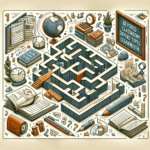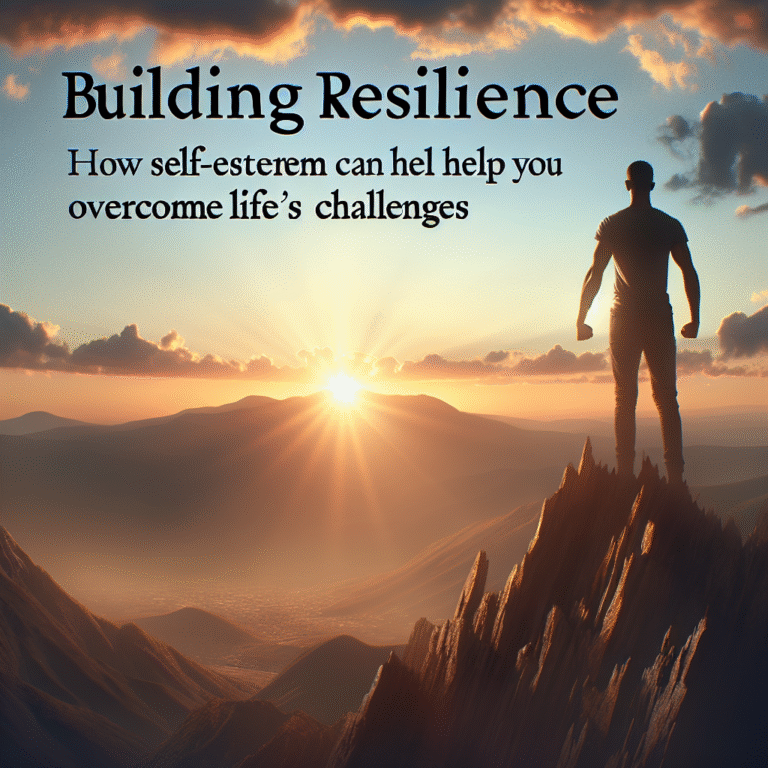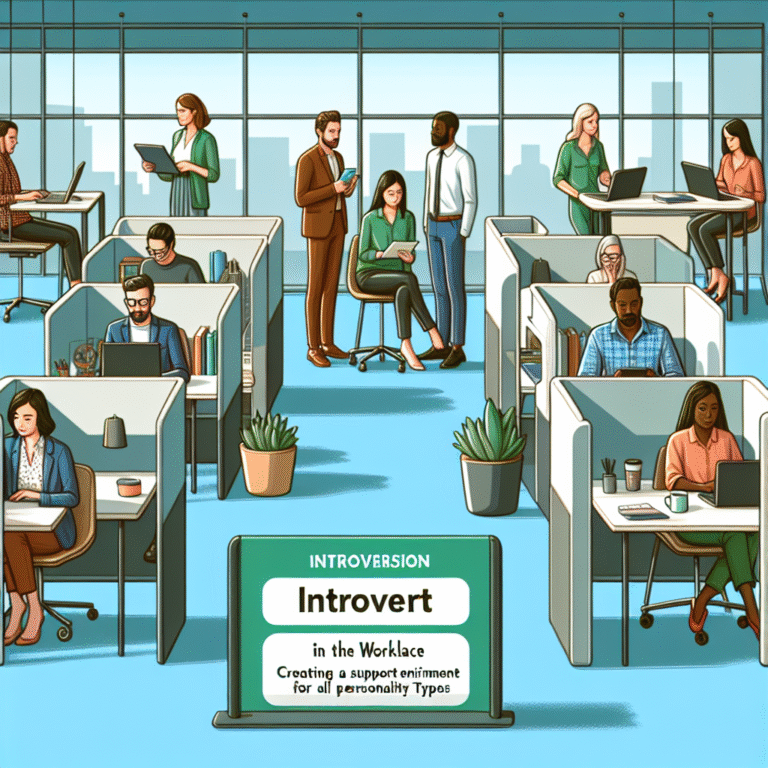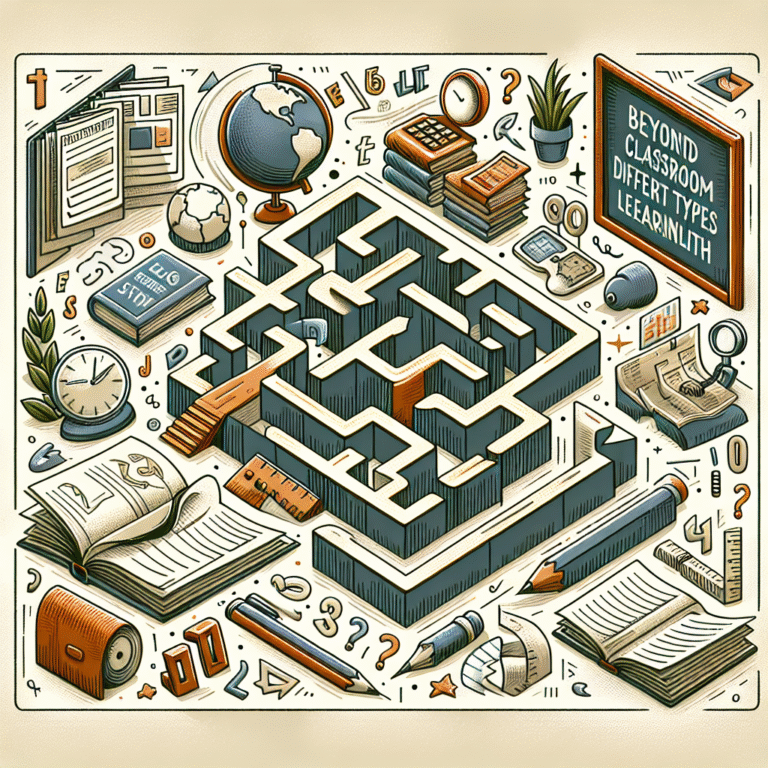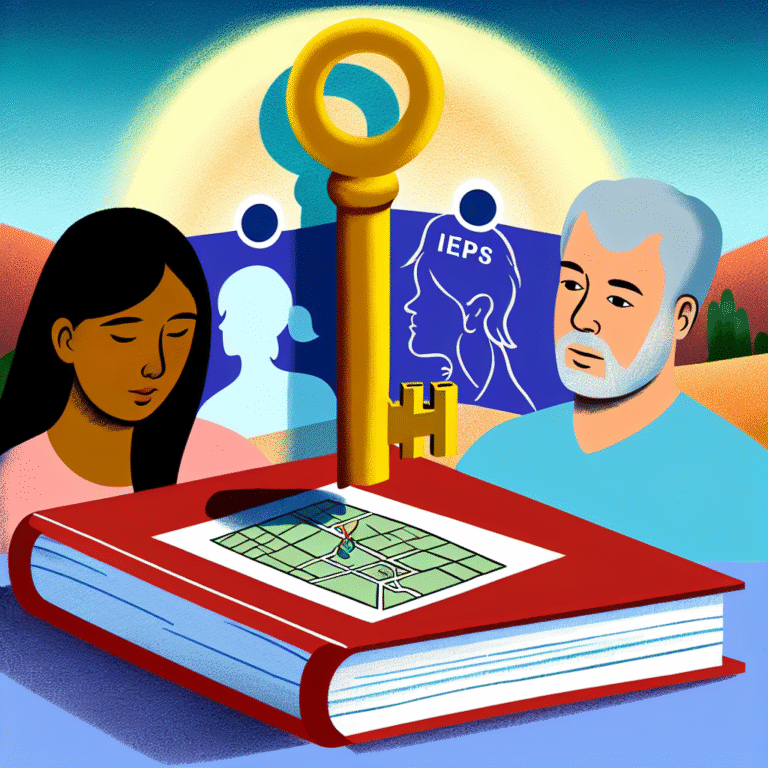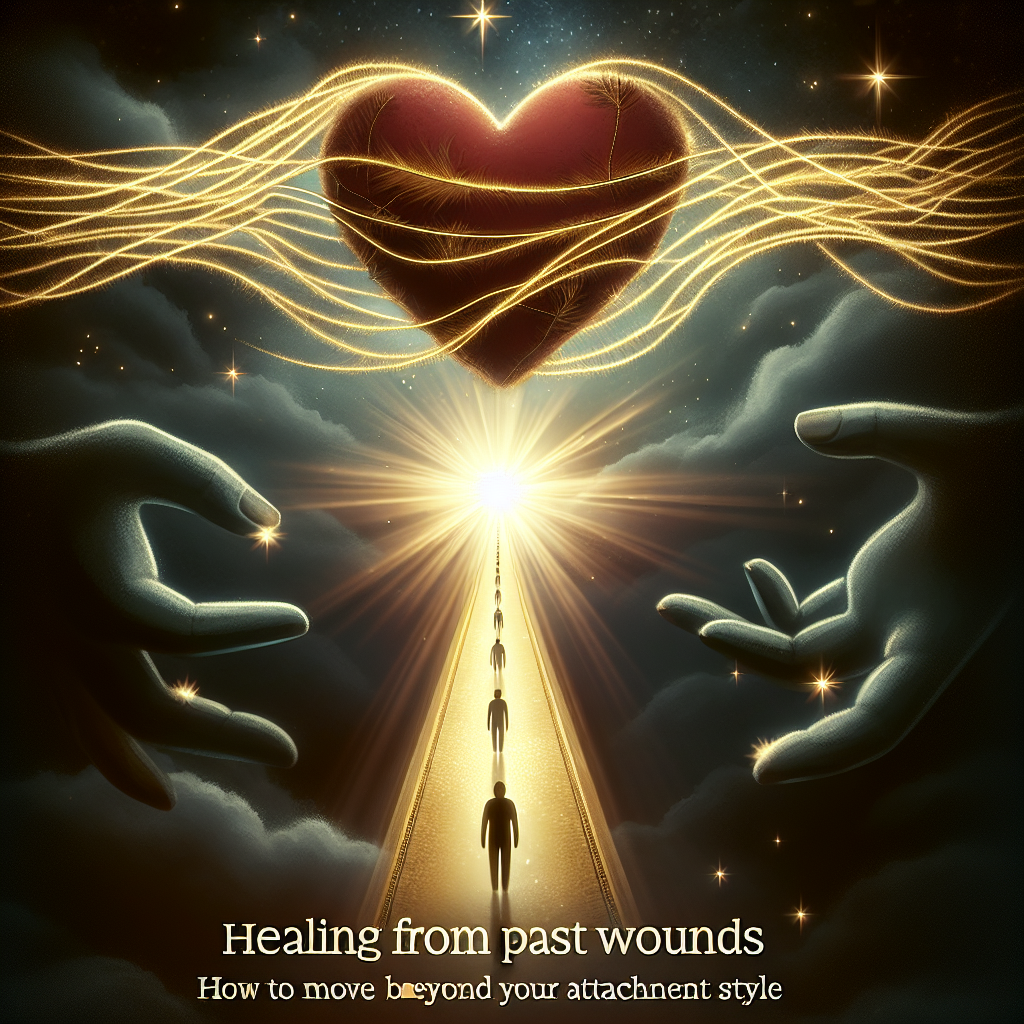
Introduction
Have you ever wondered why you react the way you do in relationships? Why do some people find it easy to connect, while others struggle to open up? The answers often lie in our attachment styles, rooted in past experiences. Understanding how to heal from these past wounds is essential for fostering healthier relationships and achieving emotional well-being. In this article, we’ll delve deep into the journey of healing from past wounds and explore practical methods for moving beyond your attachment style.
The Foundation of Attachment Styles
What Are Attachment Styles?
Attachment styles are psychological frameworks that describe how we connect and communicate in relationships. Developed based on John Bowlby’s attachment theory, these styles typically fall into four categories:
- Secure Attachment: Comfortable with intimacy and independence.
- Anxious Attachment: Preoccupied with relationships and often fear abandonment.
- Avoidant Attachment: Value independence to the point of distancing themselves emotionally.
- Disorganized Attachment: A mix of anxiety and avoidance, often stemming from trauma.
Understanding where you fall on this spectrum is a crucial first step in the journey of healing from past wounds.
How Attachment Styles Develop
Attachment styles usually form during childhood. Children who receive consistent love and support develop secure attachments, while those exposed to neglect or inconsistency may adopt anxious or avoidant styles. As adults, these styles often manifest in our relationships, impacting our ability to love and be loved fully.
Healing from Past Wounds: Self-Reflection and Awareness
The Importance of Self-Awareness
The first step in healing from past wounds is self-reflection. Acknowledging your attachment style allows you to recognize patterns in your relationships. Ask yourself questions like:
- How do I react when I’m feeling vulnerable?
- Do I lean towards clinging to others or pushing them away?
- What childhood experiences influence my current relationship dynamics?
Using tools like journaling can facilitate this process, enabling you to unpack your feelings and thoughts.
Case Study: Jordan’s Journey
Jordan, a 30-year-old man with an anxious attachment style, found himself constantly worried about his partner’s love. Through therapy, he learned that his fears stemmed from a childhood marked by instability. By writing in a journal, Jordan could articulate his needs without overwhelming his partner, effectively reducing his anxiety.
This demonstrates how self-reflection can lead to actionable insights for healing from past wounds.
Cultivating Emotional Resilience
Embracing Vulnerability
Emotional resilience, or the ability to bounce back from adversity, is key in healing from past wounds. Research shows that embracing vulnerability fosters meaningful connections. It involves risking exposure and, at times, rejection, yet it ultimately leads to stronger bonds.
Tools for Building Resilience
- Mindfulness Practices: Stay present and aware of your feelings without judgment.
- Cognitive-Behavioral Therapy (CBT): Challenge negative thought patterns to reshape how you perceive relationships.
- Support Networks: Surround yourself with supportive friends and family to reinforce your emotional safety.
Case Study: Mia’s Transformation
Mia often shut down during arguments, reflecting her avoidant attachment style. Through participating in group therapy, she learned the importance of vulnerability. With support, she started expressing her feelings, which significantly improved her relationship with her partner.
This case underscores the value of emotional resilience in healing from past wounds.
Rewriting Your Narrative
The Power of Reframing
Revising the narrative around your past can be incredibly empowering. Instead of viewing your attachment style as a flaw, see it as a part of your growth journey. Reframing helps you take control and rewrite your emotional story.
Practical Steps for Reframing
- Identify Negative Beliefs: Write down beliefs tied to your attachment style.
- Challenge These Beliefs: Analyze their validity and draw evidence from your experiences.
- Replace with Positive Affirmations: Create statements that foster self-love and acceptance.
Case Study: Alex’s Rewriting
Alex identified as avoidant due to a previous breakup that left emotional scars. Through reframing his narrative—viewing past relationships as learning experiences rather than failures—he began to approach future relationships with openness instead of fear.
This highlights how reframing can be a powerful tool in healing from past wounds.
Effective Communication: The Bridge to Connection
Why Communication Matters
Effective communication is vital for overcoming attachment-related obstacles. Poor communication often exacerbates issues, while healthy dialogue can lead to deeper connections and understanding.
Strategies for Healthy Communication
- Use "I" Statements: Express feelings without blaming others.
- Practice Active Listening: Engage fully with what your partner is saying.
- Set Boundaries: Communicate your limits clearly to avoid misunderstandings.
Case Study: Emma’s Experience
Emma struggled with expressing her emotions, leading to frequent conflicts in her relationships. By focusing on active listening and "I" statements, she found herself more connected and understood.
Emma’s story illustrates how effective communication fosters healing from past wounds.
Professional Help: Therapy and Counseling
The Role of Therapy
While self-help strategies can be effective, professional guidance often accelerates healing. Therapists can provide tools, insights, and emotional support tailored to individual needs.
Types of Therapy to Consider
- Individual Therapy: One-on-one sessions focus on personal healing and exploration.
- Couples Therapy: Facilitates open communication between partners.
- Group Therapy: Connects individuals with similar struggles, providing community support.
Case Study: Sam and Lena
Sam and Lena sought couples therapy ostensibly to address communication issues, but it revealed deeper attachment wounds for both. With the therapist’s help, they uncovered their insecurities, leading to strengthened trust and intimacy in their relationship.
This case highlights the profound benefits of professional help in healing from past wounds.
Creating New Patterns
Building Healthy Relationships
Once you begin to heal from past wounds, the next step is to create new, healthier relationship patterns. This involves consciously choosing to engage differently in your relationships.
Tips for Establishing New Patterns
- Set Intentions: Define what you want from your relationships.
- Practice Patience: Change takes time; be gentle with yourself.
- Embrace Imperfection: Understand that growth is a journey filled with ups and downs.
Case Study: Tina’s Awakening
Tina’s commitment to playful dating—while consciously avoiding patterns from her past—allowed her to approach new relationships with joy, rather than fear. As she learned to communicate her needs openly, her relationships flourished.
This example emphasizes the importance of creating new patterns for lasting change.
Conclusion
Healing from past wounds is not just a personal endeavor; it’s a holistic process that weaves through our relationships, emotional well-being, and self-identity. By understanding your attachment style, practicing self-awareness, building resilience, communicating effectively, and possibly seeking professional help, you can move beyond your past and forge healthier, more fulfilling connections.
As you navigate this journey, remember that true healing is not linear. Be patient with yourself, celebrate your progress, and remain open to the beautiful possibilities that await.
FAQs
1. What are the signs of an unhealthy attachment style?
Signs include fear of intimacy, emotional distancing, jealousy, and anxiety about relationships. Recognizing these behaviors is the first step toward healing from past wounds.
2. How can I improve my attachment style?
Focus on self-awareness and practices like mindfulness and therapy. Gradually challenge your old patterns and replace them with healthier habits.
3. What role does childhood experience play in attachment styles?
Childhood experiences, particularly the quality of relationships with caregivers, significantly shape our attachment styles. Healing often requires revisiting these memories constructively.
4. Is it possible to change my attachment style?
Yes, while your attachment style may feel ingrained, with effort, self-awareness, and professional help, you can foster a more secure attachment style.
5. How do I know when I need professional help?
If you find that your attachment style significantly impacts your relationships or emotional well-being, seeking professional guidance can provide the support and tools necessary for healing from past wounds.
Healing from Past Wounds: How to Move Beyond Your Attachment Style is a journey worth undertaking. By addressing the underlying issues of attachment and embracing growth, you can create meaningful, loving connections that enrich your life.
